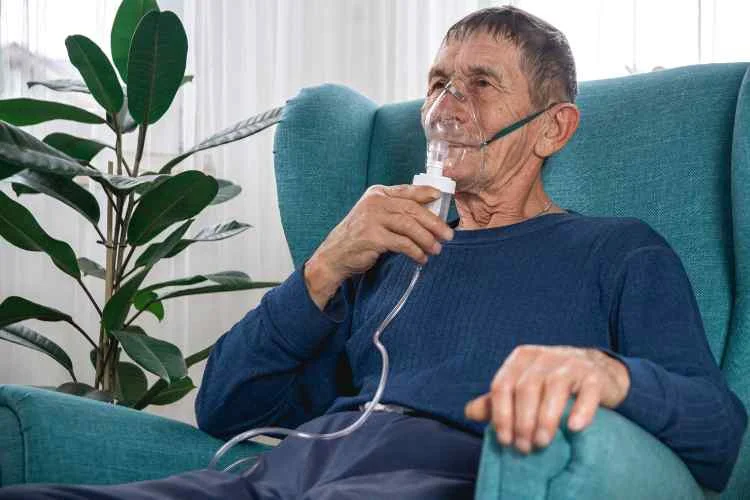Oxygen, a fundamental element essential for life, has transcended its conventional role as a life-sustaining gas. Beyond its significance in the medical domain, where it serves as a life-saving therapy, medical oxygen has found surprising applications and spurred innovations across diverse industries.
The Vitality of Therapeutic Oxygen in Healthcare:
In the medical arena, the use of therapeutic oxygen extends far beyond its traditional application in respiratory support. From emergency rooms to intensive care units, its role in treating conditions like pneumonia, asthma, and chronic obstructive pulmonary disease is indisputable. However, recent advancements have witnessed its utilisation in novel therapeutic approaches, including hyperbaric oxygen therapy for wound healing and oxygen bars for rejuvenation purposes.
Revolutionising the Aerospace Industry:
In the quest for efficiency and safety, the aerospace industry has embraced medical-grade oxygen in a groundbreaking manner. Aircraft systems now rely on advanced medical oxygen technologies to enhance cabin pressurisation, ensuring the well-being of passengers and crew during high-altitude flights. This innovation represents a seamless fusion of medical and aerospace technologies, highlighting its versatility beyond conventional healthcare boundaries.
Elevating the Culinary Experience:
Beyond the confines of the hospital, therapeutic oxygen has infiltrated unexpected realms, including the culinary world. Renowned chefs and mixologists are exploring the use of medical-grade oxygen to enhance the flavours and textures of their creations. By infusing oxygen into beverages and dishes, they aim to create unique sensory experiences for diners, marking a fascinating intersection between gastronomy and medical science.
Innovative Applications in Environmental Conservation:
The quest for sustainable solutions has led to exploring hospital-grade oxygen in environmental conservation efforts. Oxygen-releasing technologies are being employed to address issues such as water pollution and soil degradation. By leveraging the oxygenation properties of medical-grade oxygen, scientists and environmentalists aim to rejuvenate ecosystems and mitigate the impact of human activities on the planet.
Enhancing Athletic Performance:
Athletes, always in pursuit of excellence, have adopted therapeutic oxygen to optimise their performance. Oxygen supplementation, often called “sports oxygen,” has gained popularity. From professional athletes to fitness enthusiasts, individuals incorporate controlled oxygen intake into their training routines to boost stamina and accelerate recovery. This unconventional use of this oxygen challenges traditional notions and underscores its adaptability.
Medical-grade Oxygen in Cutting-edge Research and Development
The realm of research and development has witnessed an intriguing integration of therapeutic oxygen in groundbreaking studies and projects. Scientists are exploring its potential in areas such as regenerative medicine and tissue engineering. The oxygen-carrying capacity of blood is being harnessed to develop innovative approaches for organ transplantation and wound healing. This intersection of medicinal oxygen with advanced research opens new doors for medical breakthroughs, presenting a promising future where oxygen plays a pivotal role in regenerating tissues and organs.
Clinical Oxygen as a Pinnacle of Industrial Safety
Industries dealing with volatile substances and processes have recognised the importance of therapeutic oxygen in ensuring the safety of their operations. From chemical plants to manufacturing facilities, medical-grade oxygen is employed as an emergency measure to control fires and prevent hazardous situations. The rapid deployment of clinical oxygen systems in industrial settings has become a hallmark of best practices in safety protocols, demonstrating how a medical resource can transcend its origins to become a cornerstone of industrial risk management.
In conclusion, the applications and innovations of medical oxygen extend far beyond its fundamental role in healthcare. From revolutionising aerospace systems to elevating culinary experiences and contributing to environmental conservation to enhancing athletic performance, therapeutic oxygen has become a versatile agent of progress. As industries continue to explore and leverage its properties, the horizon of possibilities for hospital-grade oxygen expands, reaffirming its status as a catalyst for innovation across diverse domains. The journey of medical oxygen from a life-saving therapy to a multifaceted contributor to progress exemplifies the boundless potential hidden within the elements that sustain life.
